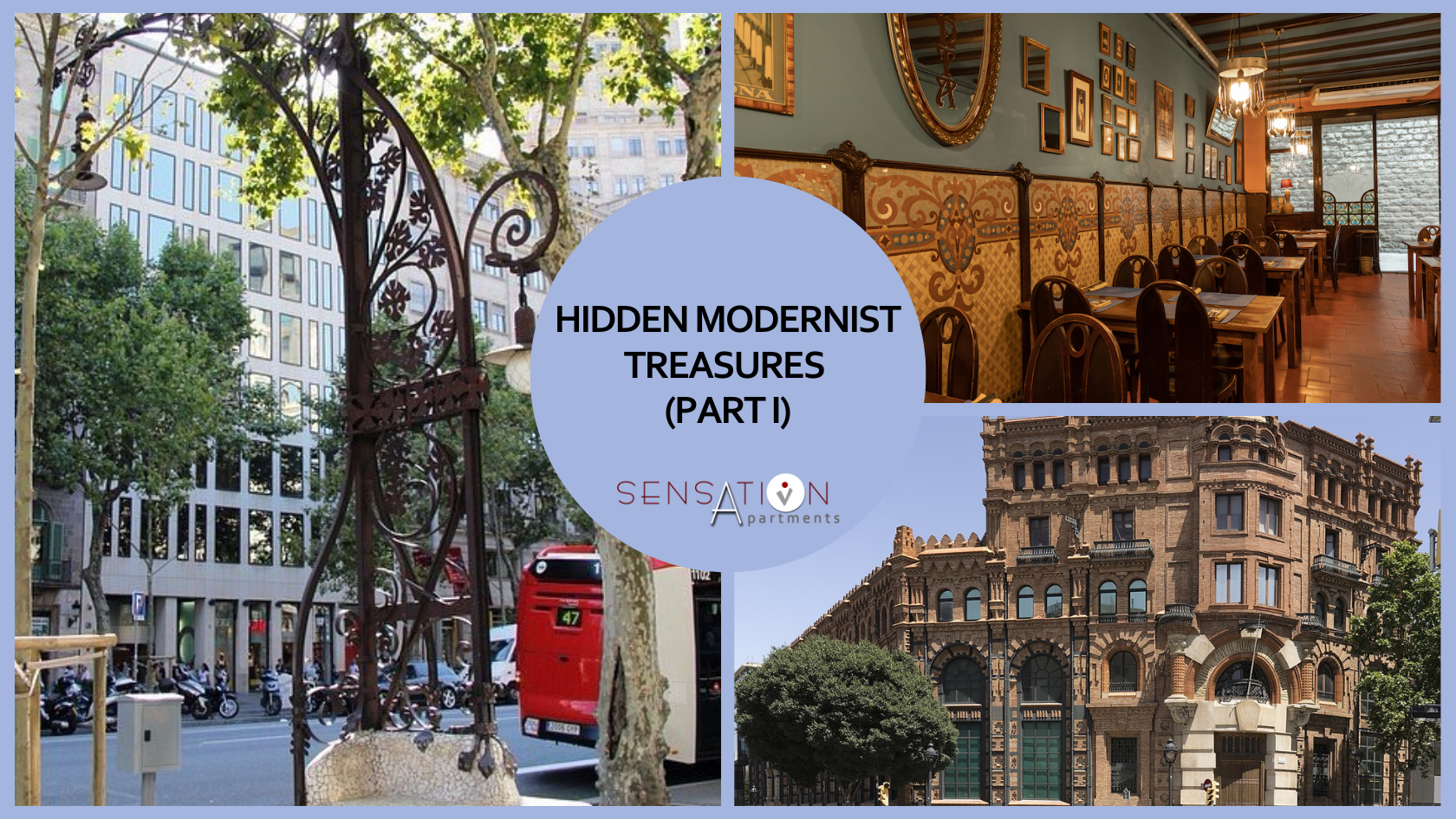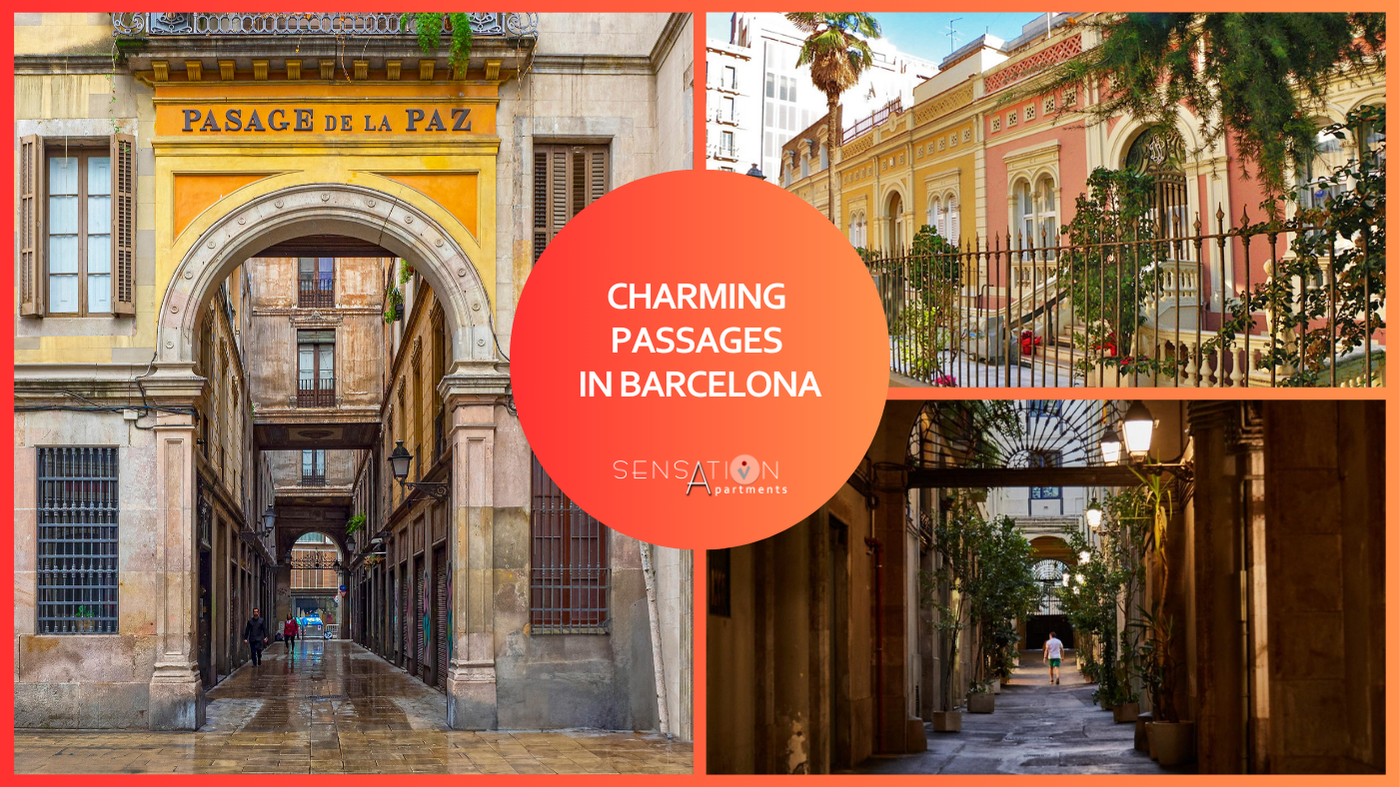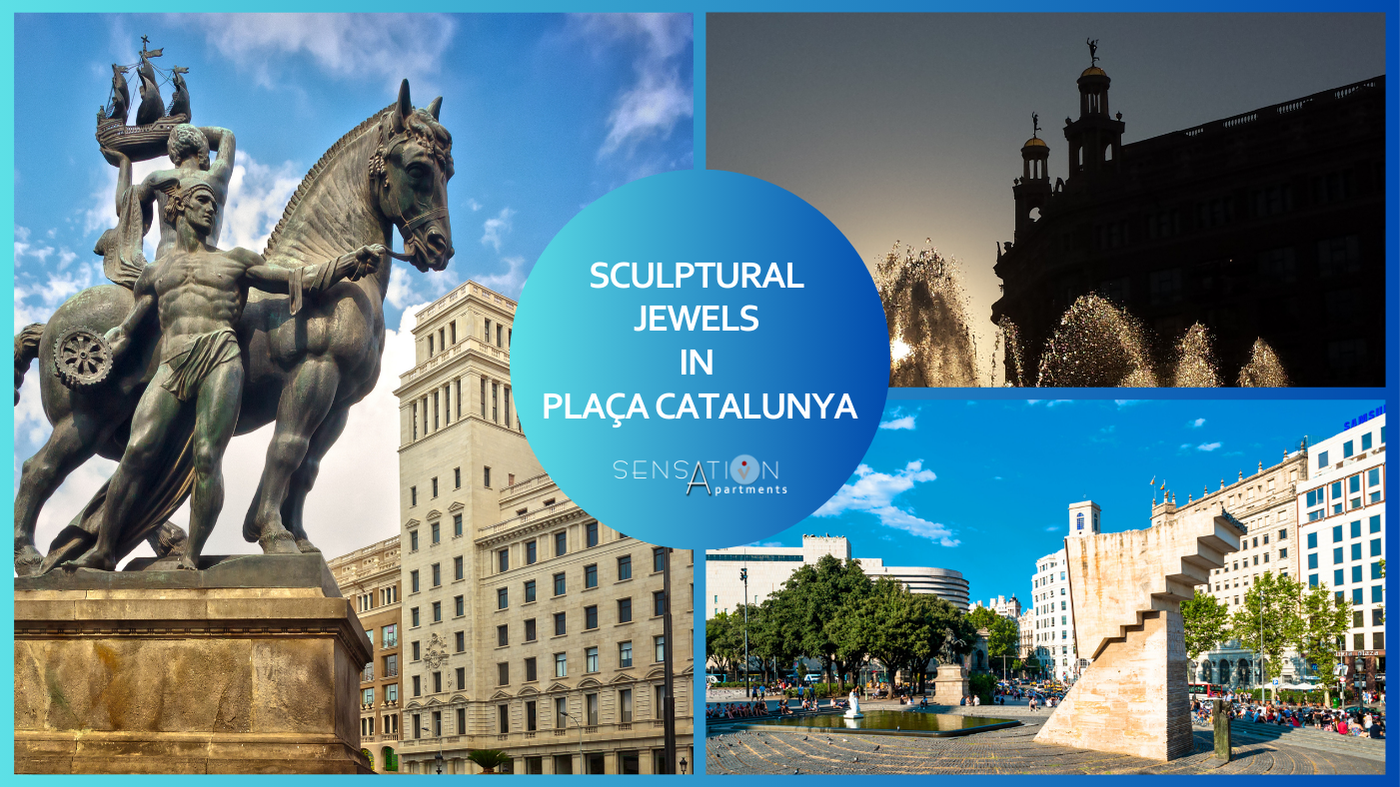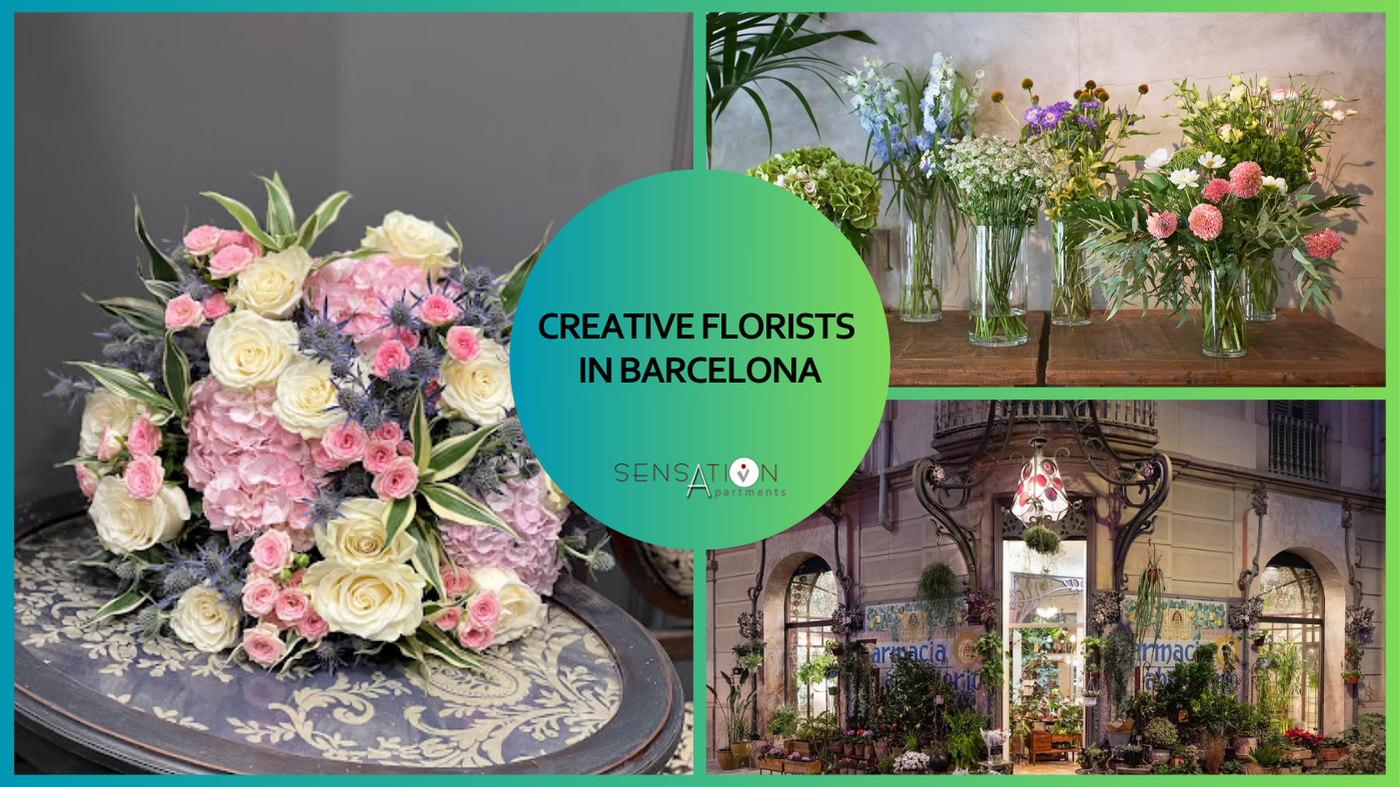Hidden modernist treasures
Culture 08/05/2024Barcelona is one of the most visited and attractive cities in the world. Tourists marvel at the beauty of its buildings, its old town and its modernist architecture (don't miss this article ). However, not everyone is aware of some of the notable treasures that the city of Barcelona hides and that do not appear in traditional guides.
Catalan modernism emerged at the end of the 19th century. Its origin is due to the winds of change brought about by the industrial revolution (which began in the 18th century, and of which Barcelona was a pioneer) and the technological advances that arose from it, such as electricity or the railway.
The treasures of modernism in Barcelona transcend the renowned works of Antonio Gaudí, such as La Pedrera, the incomplete Sagrada Familia, Parc Güell or the iconic dragon on the roof of Casa Batlló, essential for any visitor. A tour of our city also reveals buildings that are precursors of MODERNISM, a unique artistic and architectural movement, such as the so-called "block of discord" on Paseo de Gracia, or the nearby shops and establishments (pharmacies, cafes, pastry shops, etc.) to La Rambla, which preserve impeccable interiors and modernist facades (discover them here )
We have prepared for you a very interesting list with some places that may be of interest to those who like to enjoy the culture and art of Barcelona. There are many other places that can also be visited, but those mentioned have a special touch to reveal something of the essence and importance of the roots of modernism in our city.
1907 - Bernardí Martorell i Puig
Passeig Sant Joan, 6
This five-story residential building plus a loft is an example of the most orthodox modernism. The entire building has great heritage value, especially the dome, which was not included in the initial project. Covered in glazed tiles shaped like white and green scales, and topped by an iron cross, the dome is a true marvel.
BARCELONA HYDROELECTRIC BUILDING
1896-1899 - Pere Falqués i Urpí
C Almogàvers, 11-17
The Hydroelectric of Catalonia building occupies a corner with a long façade on Vilanova Avenue in Barcelona. Built by the architect Pere Falqués between 1896 and 1899, the work combines exposed brick and stone on the façade with iron elements that accentuate some of the building's lines. It is a modernist construction from 1897 that functioned as a thermal power plant until 1977. The building is included in the Barcelona City Council's modernist route and is listed as a cultural asset of local interest.
1883-1887 - Josep Amargós i Samaranch
Passeig de Picasso, 7
The greenhouse is one of the jewels of the Ciutadella park. A unique facility, of high heritage and natural value in Barcelona, and a living testimony of the city's history.
It consists of a modernist-style garden space distributed in three areas: the central nave, the Magnolias nave and the Picasso nave.
It is one of the most outstanding examples of iron architecture that was developed in Barcelona at the end of the 19th century, and is also notable for its decorations, which have just been restored and recovered and shine again in all their splendor.
1883-1884 - Josep Fontserè i Mestre
Passeig de Picasso, 13
The umbracle, one of the buildings built for the Universal Exhibition of 1888, recreates the conditions of the shady and humid forests where the planted species grow.
LAMP BENCHES OF PASSEIG DE GRÀCIA
1906 - Pere Falqués i Urpí
The streetlight benches are located along Barcelona's Paseo de Gracia.
There are thirty-two benches built with the classic "trencadís" of Catalan modernism and attached to these benches are the lampposts, constituting a single piece, the lampposts are made of wrought iron with the characteristic "coup de fouet".
C/ dels Sombrerers, 13 - Ciutat Vella
Traditional and seasonal Catalan dishes in a picturesque restaurant, with striking tiles and stained glass windows. In an old building, remodeled around 1900, adjacent to the impressive Basilica of Santa María del Mar, a place that provided the inspiration for authentic literary successes such as La Catedral del Mar by Ildefonso Falcones.
Don't miss the second part of these hidden treasures of Modernism in Barcelona soon.
(Sources: www.barcelona.cat and www.rutadelmodernisme.com/es )







